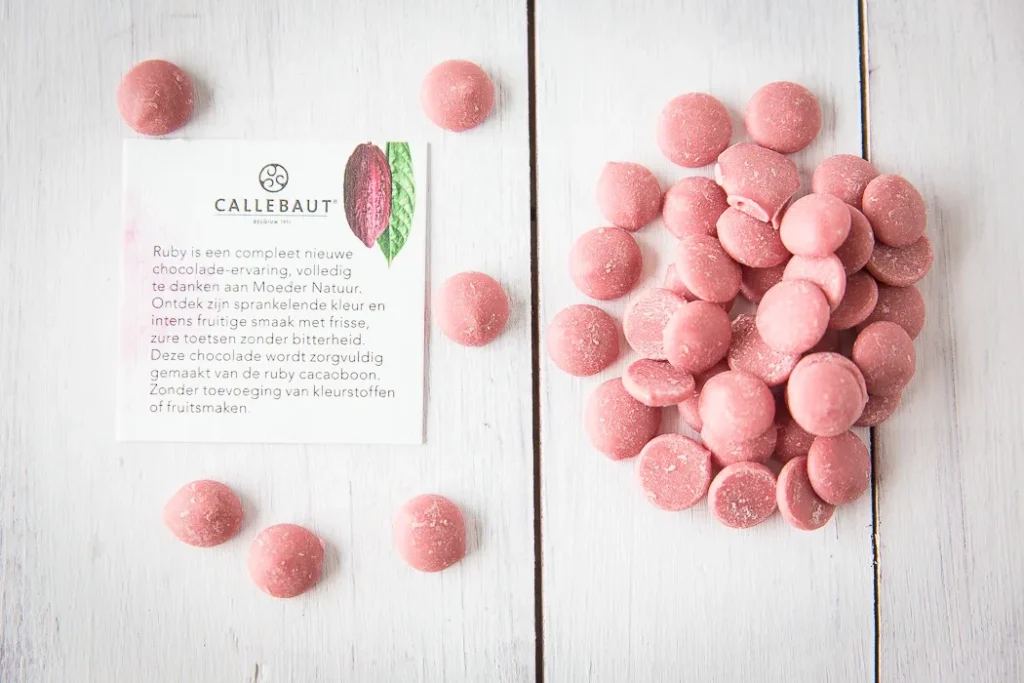Culinary creations, particularly in the realm of patisserie, are a tapestry of flavors and textures, where each thread is as important as the whole. The quality of ingredients used is paramount, turning the ordinary into the sublime. In baking, this difference is often stark, with high-quality ingredients imparting superior flavor, texture, and appearance to the finished product. Here’s a guide on how to select the best staples like butter, flour, and other essential ingredients for your baking endeavors.
1. Butter: The Flavor Carrier
Butter is more than just a fat; it’s a flavor carrier and texture improver. High-quality butter has a higher fat content and less water, which translates into flakier pastries, richer flavors, and a more tender crumb. Look for butter that is labeled as “European-style” or “cultured,” which suggests a higher fat percentage and a more nuanced flavor due to the culturing process.
2. Flour: The Structure Builder
Flour isn’t just the structure builder of baked goods; it also contributes to their flavor and color. For delicate pastries, choose a low-protein flour like cake or pastry flour, which will result in a finer, more tender crumb. For chewier, more rustic creations, a higher protein content, as found in bread flour, is key. Always opt for unbleached flour to avoid any unwanted chemicals that can alter taste.
3. Sugar: The Sweetener and More
The role of sugar in baking extends beyond just sweetening. It affects texture, color, and the moisture content of baked goods. For a deeper flavor with a hint of molasses, go for unrefined sugars like cane sugar. For the finest cakes and pastries, caster sugar dissolves more easily, resulting in a finer texture.
4. Eggs: The Emulsifiers and Leaveners
Eggs are the workhorses of the baking world, acting as binders, emulsifiers, and leavening agents. Freshness is key, as older eggs can impart an off flavor and are less effective in their roles. Opt for eggs from free-range or pasture-raised hens, as they tend to have more flavorful yolks.
5. Chocolate: The Decadent Delight
In desserts, chocolate is often the star, so its quality can make or break a dish. Look for chocolate with a high cocoa content and cocoa butter, avoiding those with added fillers. Single-origin chocolates can provide unique flavor profiles that can add an extra dimension to your desserts.
6. Vanilla: The Aromatic Enhancer
Real vanilla extract, made from vanilla beans steeped in alcohol, is leagues above the synthetic version. It lends a complex flavor that cannot be mimicked by artificial alternatives. While more expensive, the flavor payoff from pure vanilla is worth the cost.
7. Leavening Agents: The Rise Instigators
Fresh baking powder and soda are crucial for achieving the correct rise in baked goods. Make sure they’re not past their expiration date; old leaveners lose potency and can result in dense, flat pastries.
8. Salt: The Flavor Amplifier
Salt is a flavor amplifier and in baking, it balances sweetness and enhances the other flavors in the dish. Use fine sea salt for a cleaner, more even distribution throughout the dough or batter.
Conclusion: The Symphony of Superior Ingredients
In the alchemy of baking, each ingredient plays a pivotal role. Just as in any fine craft, the raw materials set the foundation for excellence. By choosing the best, you ensure that every bite conveys the care, quality, and intent of the baker. High-quality ingredients speak for themselves, turning the simple act of eating into an experience, and transforming the baker into an artist of taste and texture.

